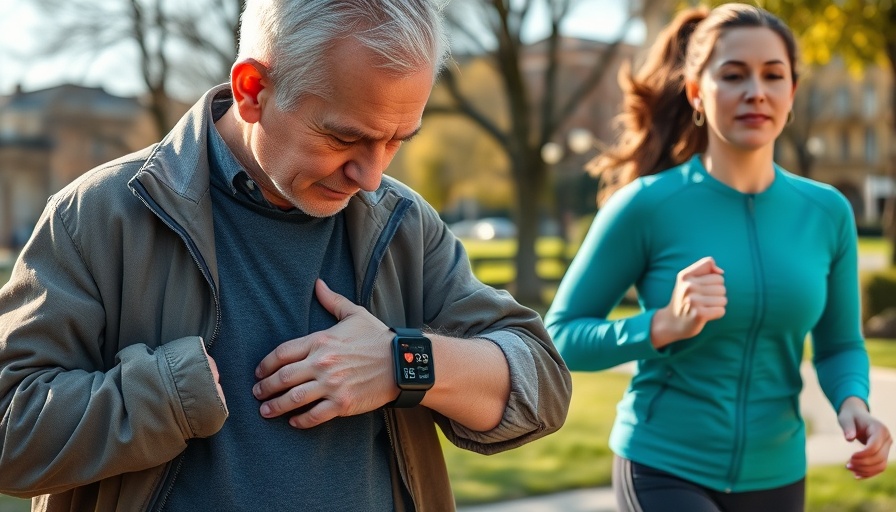
Discovering Heart Health Through Smart Technology
The journey towards better heart health doesn’t solely depend on the foods we eat or the workouts we choose; it may also depend on the smart devices we wear. A team of researchers at Northwestern University’s Feinberg School of Medicine has unveiled an innovative method to evaluate cardiovascular fitness using data readily available from smartwatches. By doing a bit of math with this data, anyone can gain critical insights into their heart’s performance.
Understanding the Heart’s Response to Activity
According to lead researcher Zhanlin Chen, the metric they developed focuses on the heart's reaction to exercise, rather than merely the amount of exercise itself. This offers a deeper understanding of how well the heart adapts to our daily activities. "It’s a more meaningful metric because it gets at the core issue of capturing the heart’s capacity to adjust under stress as physical activity fluctuates throughout the day," Chen explains. With around 48% of adults in the U.S. grappling with some form of heart disease, this new approach could be crucial for early detection and prevention.
The Data Behind DHRPS: Your Heart in Numbers
The new metric, dubbed DHRPS (Daily Heart Rate per Step), is determined by dividing an individual's average daily resting heart rate by the number of steps taken each day. The study evaluated data from nearly 7,000 adults and revealed alarming correlations: those with a higher DHRPS were significantly more likely to experience heart-related issues, including heart failure, coronary atherosclerosis, Type 2 diabetes, and high blood pressure.
What’s Your DHRPS? Interpreting Your Numbers
Many question what a healthy DHRPS looks like. Though specific targets are still being established, a resting heart rate between 60 and 100 beats per minute is the standard for most adults. Understanding where your DHRPS falls within this spectrum can empower you to take actionable steps towards enhancing your cardiovascular health.
Bridging the Gap: Smart Devices and Health Awareness
Interestingly, surveys show that 44% of Americans have health-tracking devices, suggesting a strong potential for tracking metrics like DHRPS in everyday life. As awareness of heart health continues to evolve, these devices can serve as a preventive measure, allowing individuals to identify risks early and adopt healthier lifestyle choices.
Taking Action: Simple Steps for Heart Health
If you’re seeking to optimize your heart health, start by engaging in regular physical activity, managing your stress levels, and maintaining a balanced diet. Additionally, utilizing your smartwatch for tracking steps and heart rates can transform your fitness journey. The insights gained through DHRPS can act as a motivating force, leading you to make proactive decisions about your health.
Embrace the intersection of technology and health. Staying informed of your heart’s performance can make a significant impact in your life, especially when it comes to preventing serious conditions. With 1 in 4 deaths attributed to heart disease, proactive monitoring could mean the difference between health and heartbreak.
As we look to the future of health technology, let’s remember: small lifestyle changes, guided by informed metrics like DHRPS from our smart devices, can pave the way for improved heart health and longevity. It’s about progress, not perfection. So, why not start today?
 Add Row
Add Row  Add
Add 




 Add Row
Add Row  Add
Add 

Write A Comment